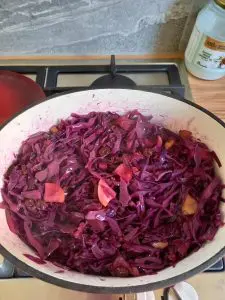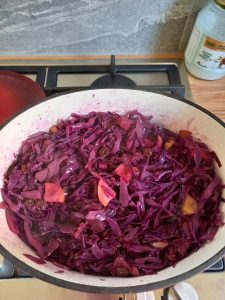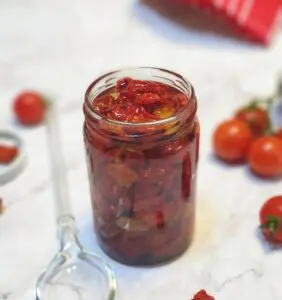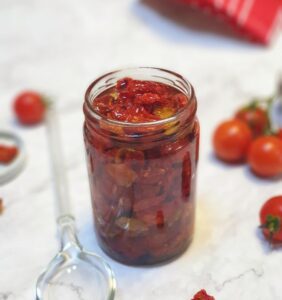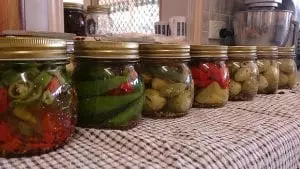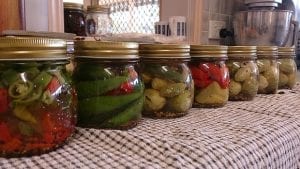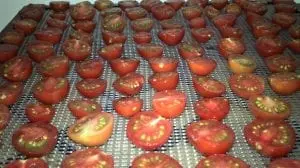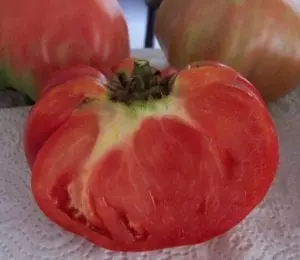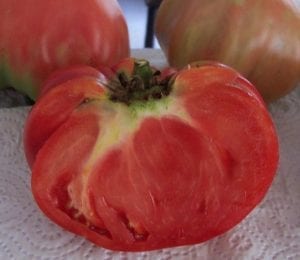Do you love eating garlic, but have trouble growing it in your warm climate? Then you might find elephant garlic (allium ampeloprasum) a fantastic substitute.
This hardy allium does well in the tropics & subtropics where the winters are rarely cold enough to grow a good garlic crop. Elephant garlic has huge cloves with a mild flavour that are easy to peel & even easier to grow.
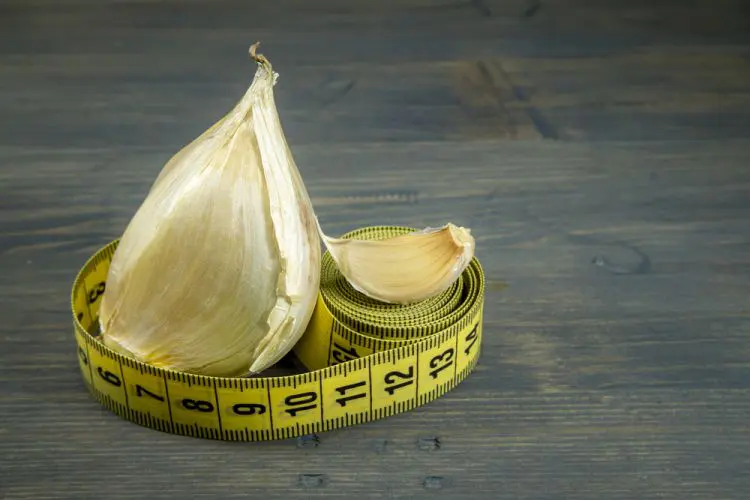
Despite the name, elephant garlic isn’t really a true garlic. It’s in the same (allium) family, but is actually more closely related to a leek, so I think of it as half way between a spice and a vegetable. The flavour is somewhere between onion, leek & garlic; mild enough to be eaten roasted whole, yet strong enough to make an impact in a stir-fry. I love to use it in the kitchen as a garlic substitute because it’s quicker to prepare & is gentler on the stomach.
Let’s have a look at how to grow elephant garlic.

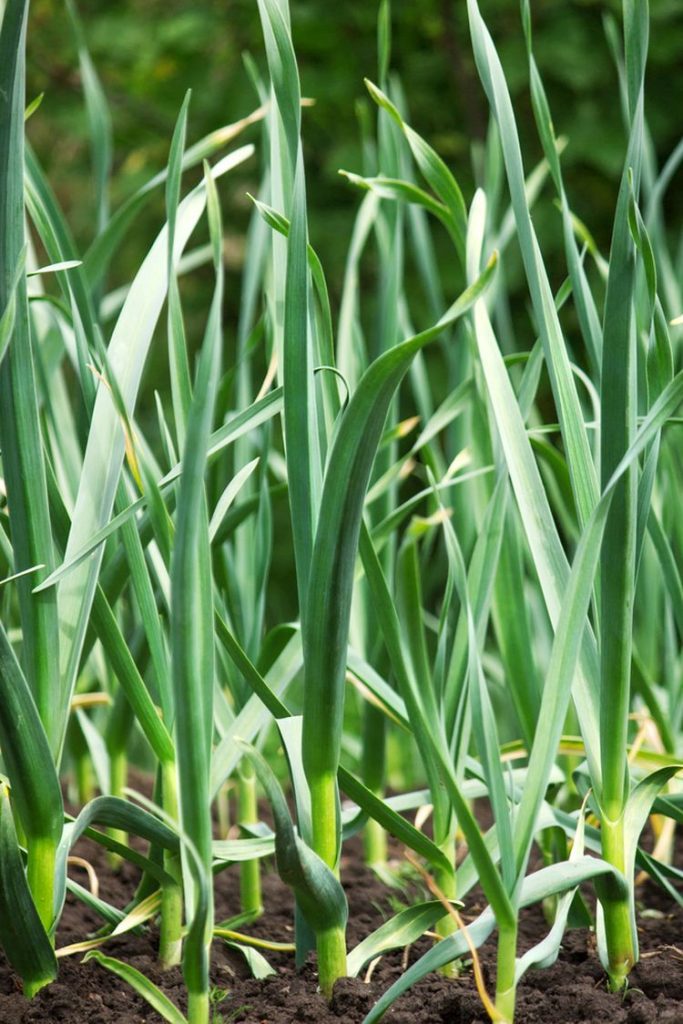
Plant Description
Elephant garlic plants look very much like standard leek and garlic plants. They have long, large, blue/green strap-like leaves and a central dividing rib. Just like garlic, the bulbs grow under the soil, and an edible solid cylindrical flower stalk (also called a scape) will emerge from the centre of the plant when it is ready to flower. The pink/purple flowers look much like those of other alliums (leeks, onion, shallots, garlic), and most commonly appear in spring or summer. By the time the plant has begun to flower, it will have developed bulbs weighing up to 500 grams. Elephant garlic bulbs look just how you imagine; like giant cloves of garlic.

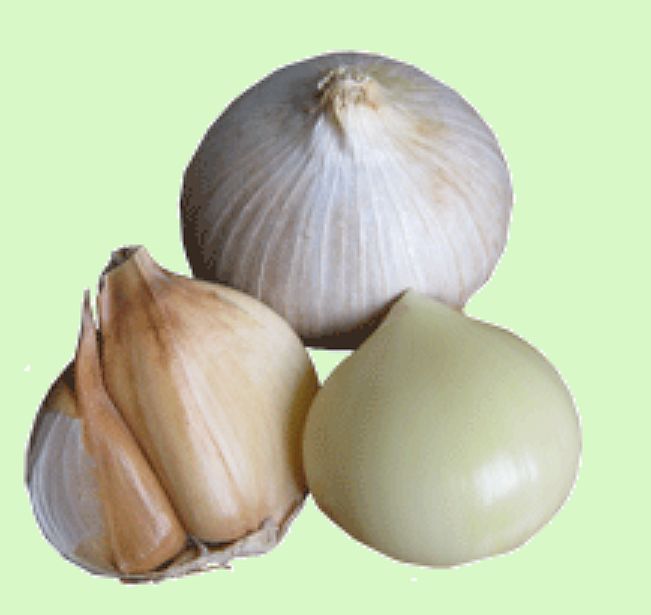
Life Cycle
This unusual edible is biennial. This means that elephant garlic takes two years to complete its life cycle…so yes, just like leeks, this is a slow crop. In the first year, the plant will form a single round bulb under the soil- these are called ’rounds’ & look like a single rounded garlic clove. It’s not until the second year or growing season that elephant garlic comes to maturity. At this later stage, that single round bulb divides into multiple separate cloves, a flower stalk will emerge, then the plants flowers & goes to seed.

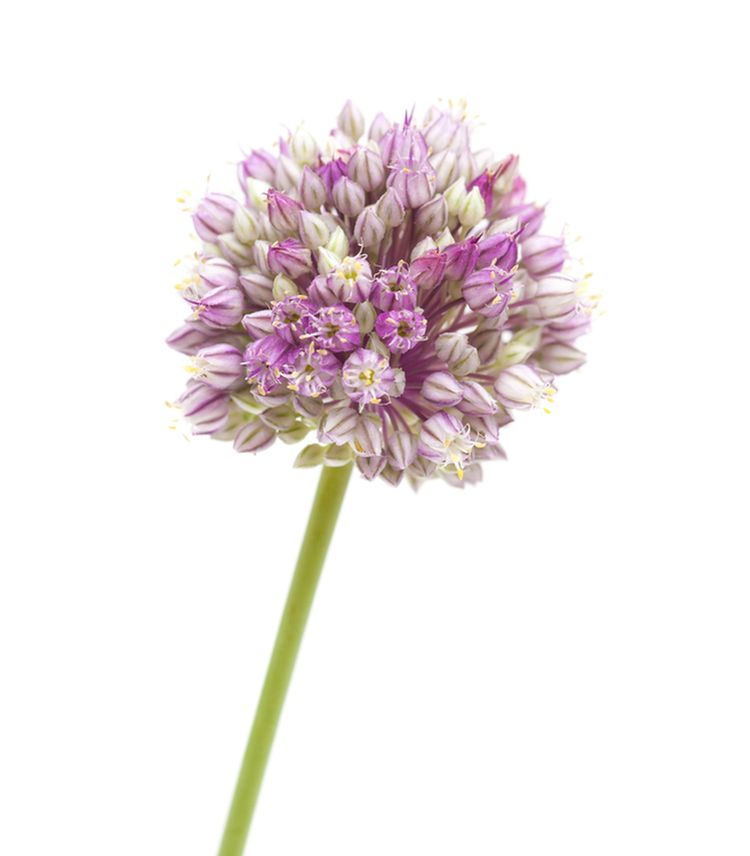
Planting
Plant elephant garlic in autumn or spring in cool climates. If you live in a hot or humid area (like QLD or Florida), you can plant it in autumn, winter or spring- essentially any time other than the heat of summer. Just like garlic, elephant garlic grows from its own bulbs (which you can buy online). Place the bulbs about 5cm (2″) below the soil surface and about 30 cm (12″) apart.

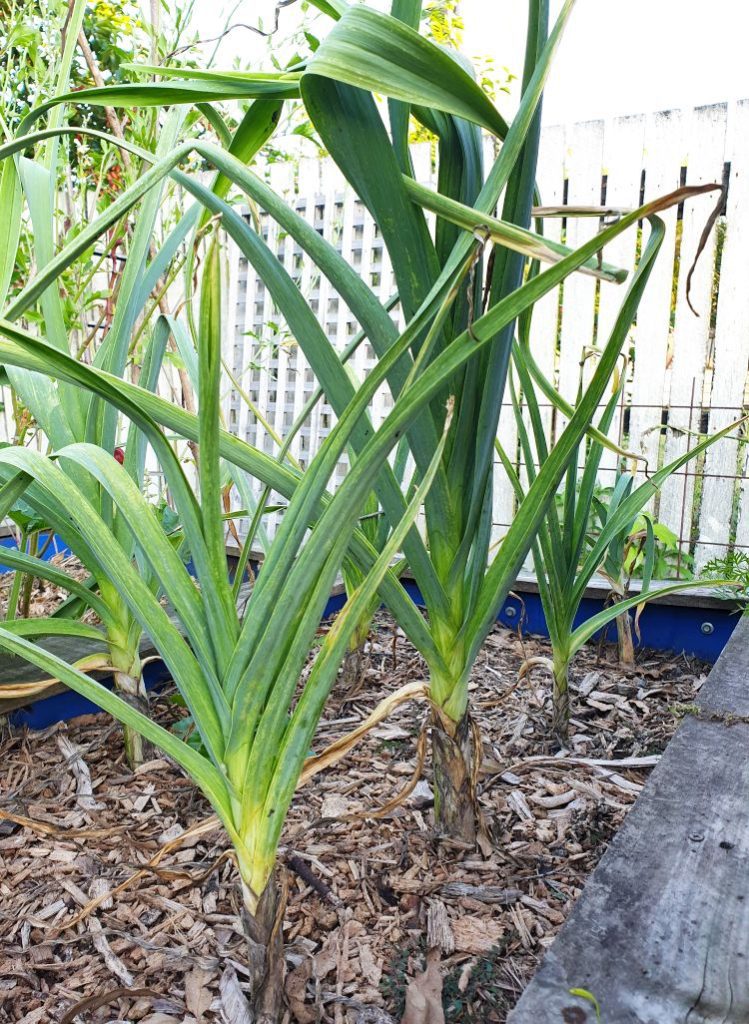
How & When to Harvest
Despite it being essentially immature, you can harvest & eat the ’round’ if you like. Rounds are edible after around 8 months growing time (this may vary depending on your climate). It’ll taste just fine & will cook up nicely. If you’re patient enough to wait until the second year or growing season, you’ll get a bigger harvest. Once the plants begin to flower, the rounds will have developed into bulbs which have 5 or 6 huge cloves plus several small bulblets.

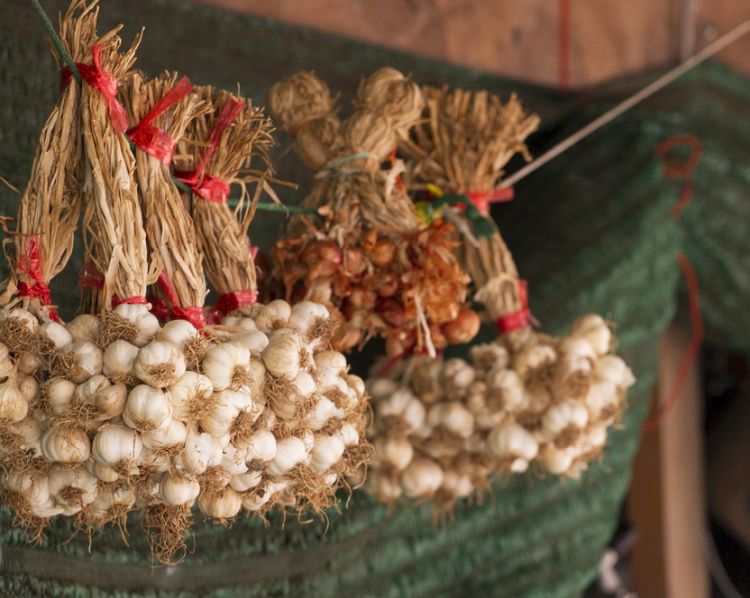
Elephant garlic bulbs are ready for harvesting when the flowers begin to dry out. Remember, this may not be until the end of the second growing season. Dig up the whole plant and hang the bulbs up to dry in a shady place. Leave part of the stem attached when storing. For longer-term storage, keep your elephant garlic in an area with low humidity.



